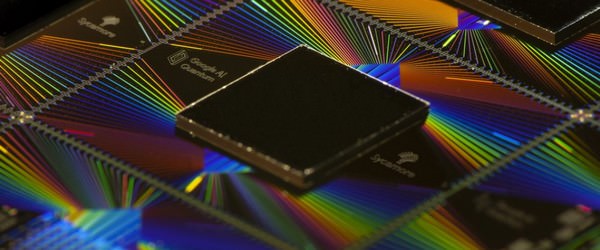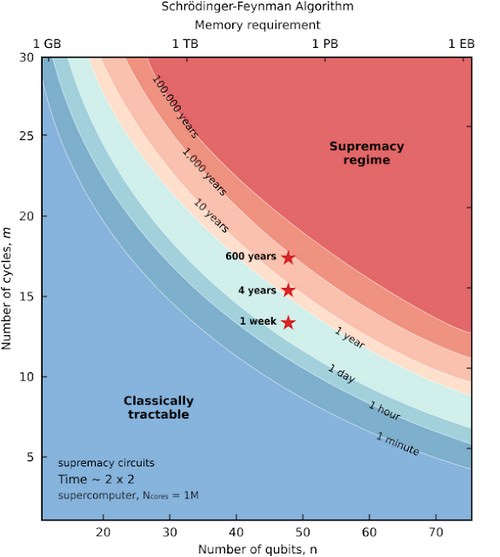Sycamore: Google’s quantum computer shows its potential
Sycamore, Google’s quantum computer, has actually succeeded in surpassing those that are traditional supercomputers. The road is still long but in Mountain View they believe that the path is now drawn towards the future.
It was already written at the end of September when a leak had anticipated what Google has confirmed in these hours. The quantum computer by the name of Sycamore has really shown the potential of this new technology compared to ” traditional ” computers.
Google has released both a post on the company’s official blog, and a scientific article published in Nature that made it clear what happened and what the performance of the Sycamore quantum computer.
Let us remember that, at present, this type of computer is not designed for consumer purposes but will initially be used to simulate complex events that are usually ” fed into food ” to traditional supercomputers.
Google and quantum supremacy
At the base of the result, as we have written, there is the Sycamore quantum computer that uses a 54 qubit processor. According to reports, performance in certain fields would be far superior to current technology.
The calculations for the most powerful supercomputer in the world would have been carried out in 10 thousand years, with Sycamore the time was 200 seconds. One can understand the potential of this kind of technology and what a great technological leap it could be. IBM, which owns the traditional supercomputer, has stated that 10,000 years is a pessimistic figure. It would be ” only ” 2.5 days.
The future of quantum computing
The Sycamore processor provides a two-dimensional grid in which each qubit is connected to four other qubits. This allows the various qubit states to interact, thus working in a completely different way than a traditional processor.
In Google’s example, if newbies thought of programming an algorithm on a quantum computer they would first have to choose the ports to use. Since each port has an inherent probability of error, this would limit the choice to a thousand doors. The sequence of ports (random or not) is the basis of the quantum computation that Google compares to ” Hello World ” for a program on a traditional computer.
And it is precisely the randomness that separates the performance of a traditional computer from a quantum computer. If in the second, a string of bits is generated (with a probability towards some combinations rather than others) for the first one, being able to calculate which string is more probable than another (due to quantum interference) is a task that needs to great computing power. And the longer the strings become, the more the number of gate cycles is increased, the more complicated the operations.
In the Google test first, simplified causal circuits were used ranging from 12 qubits to 53 qubits (with the number of constant gate cycles). The results of classical simulations were then taken and compared with a theoretical model. But this was only the first step to verify its functioning.
In the next step, random fixed circuits were always performed at 53 qubits but increasing the number of cycles. Beyond a certain limit, classical simulation has become impossible, thus overcoming sustainable complexity from a traditional supercomputer (as shown in the following graph).
Google has optimized its processor to ensure that the results are repeatable and reliable even when using a large number of ports simultaneously. In the future, quantum error correction will also be applied, allowing to further increase the overall performance of the quantum computer.
In the future, Google intends to allow academics and researchers access to Sycamore’s potential to develop new-generation algorithms. Furthermore, we will try to minimize the incidence and recurrence of errors.
After all, it is still very ” delicate ” computers where a little damage can lead to long machine downtimes. The researchers said there is still a lot of work to be done and many things to learn. But the road to a really usable quantum computer is now marked.



